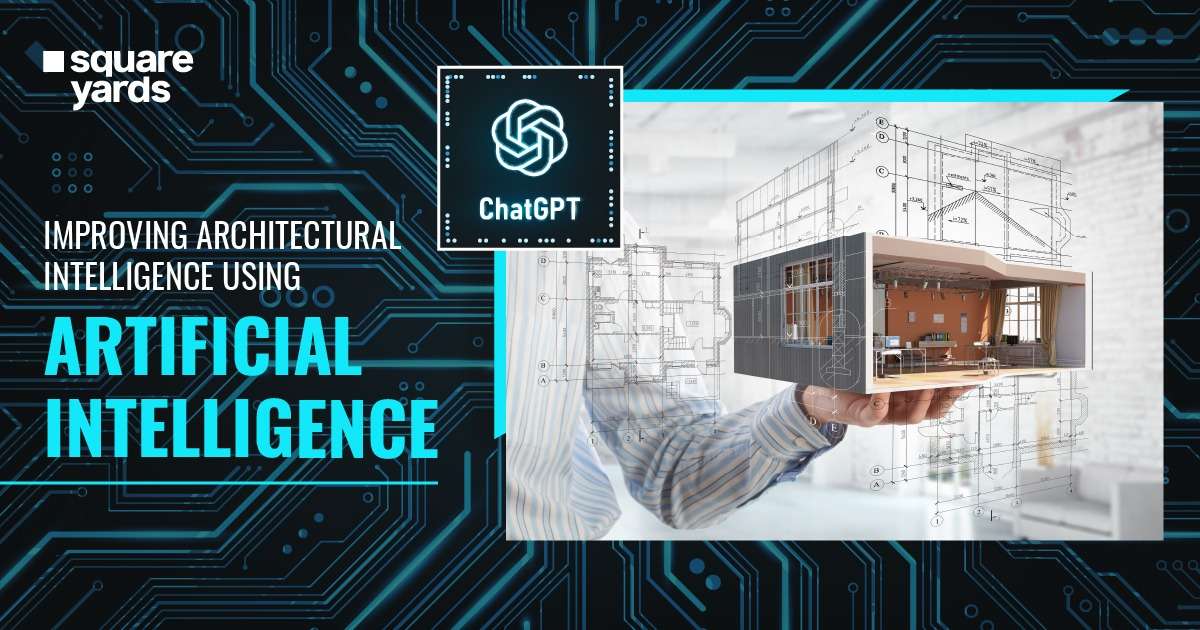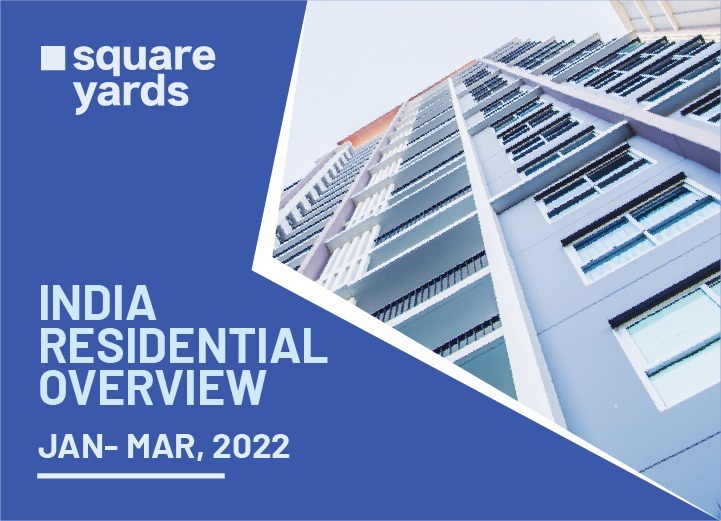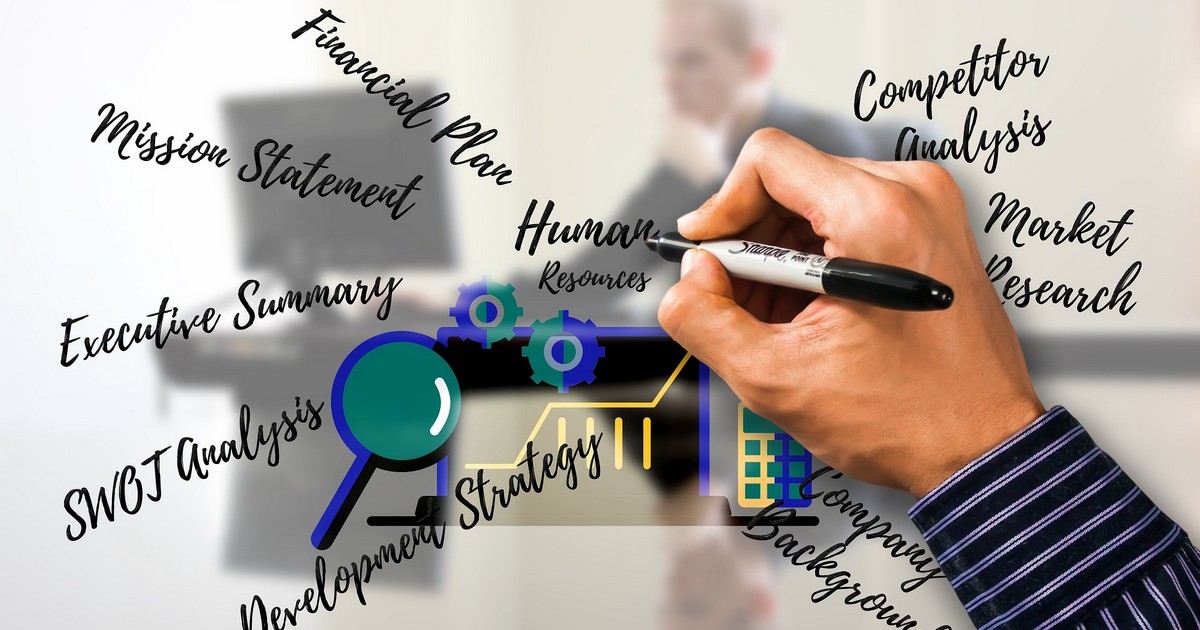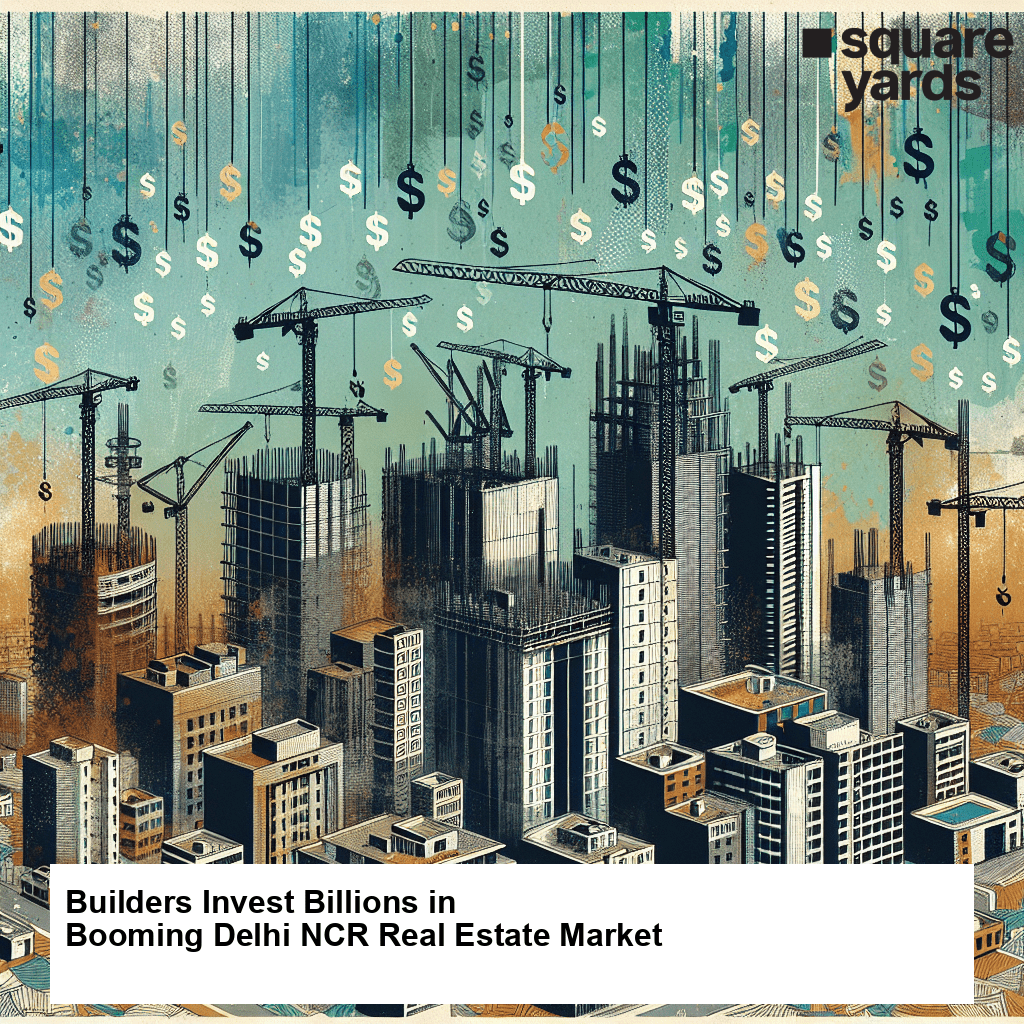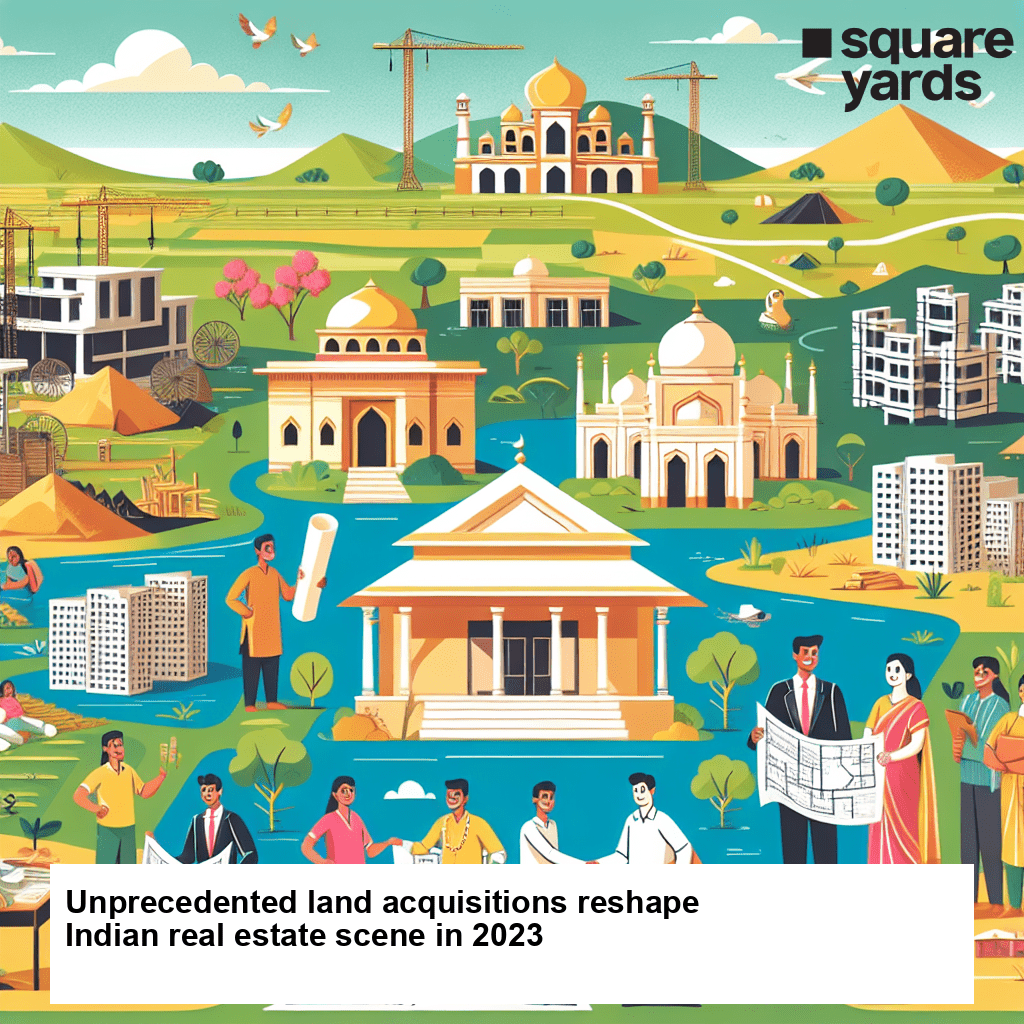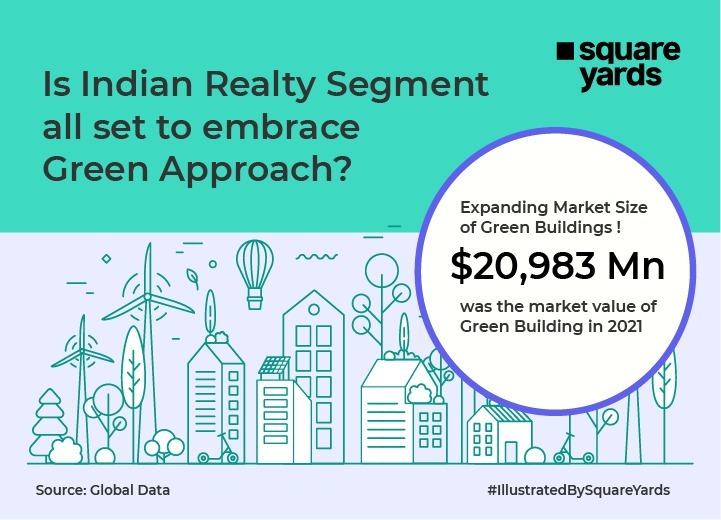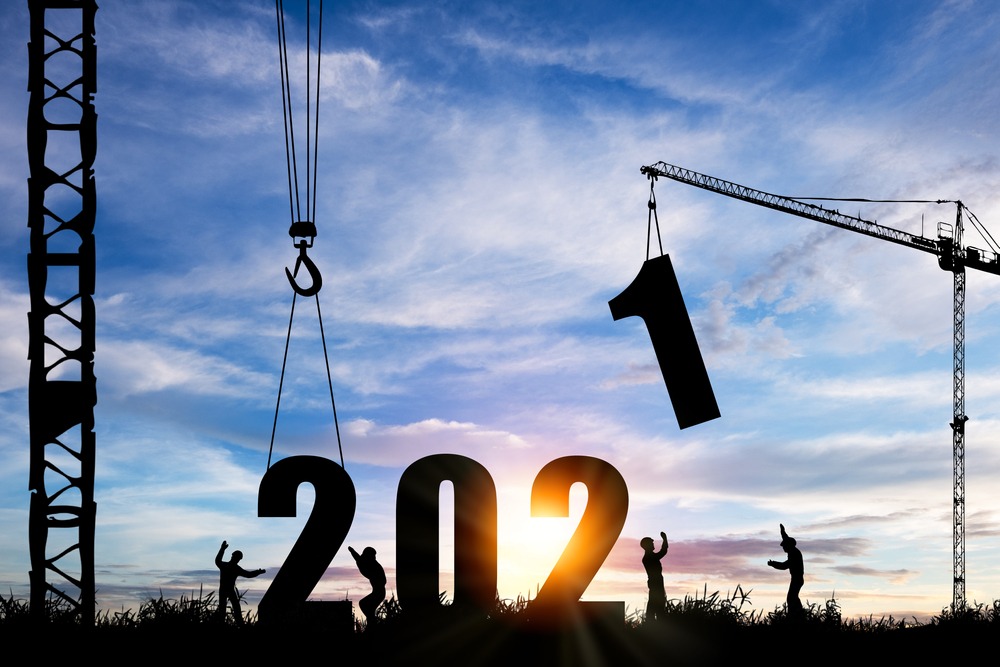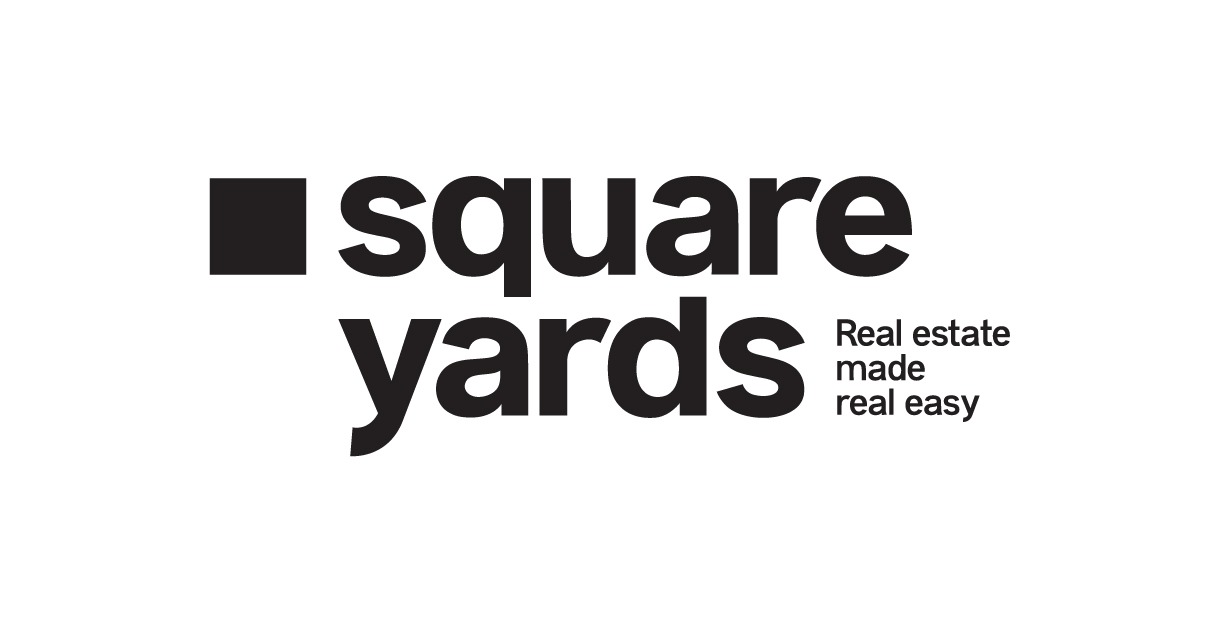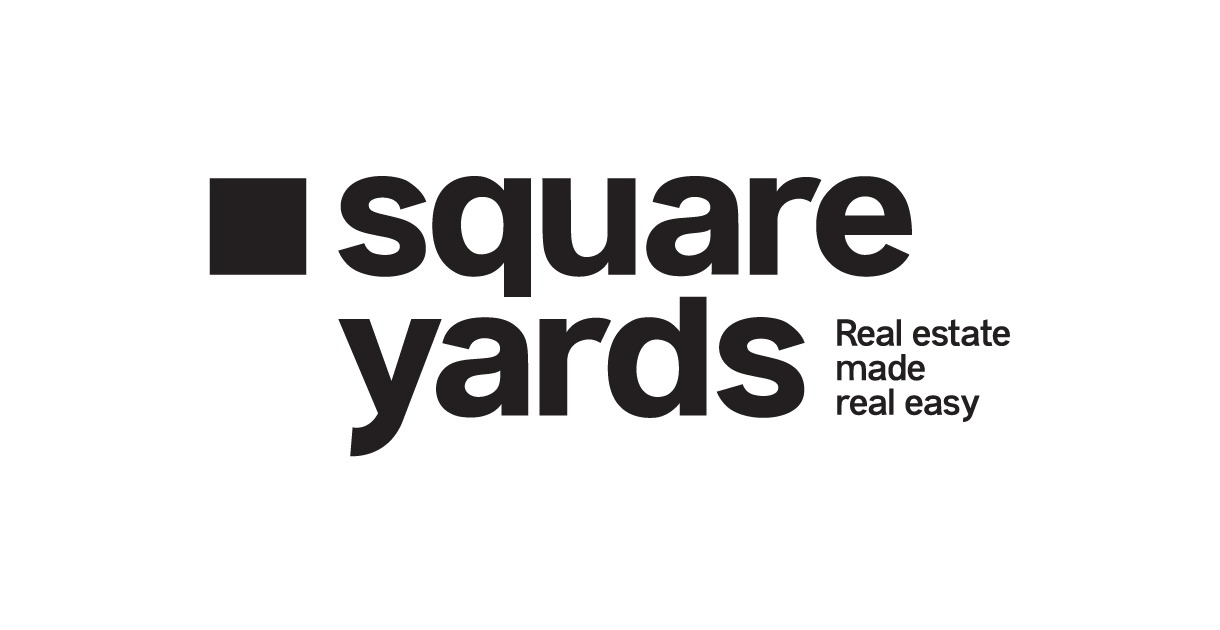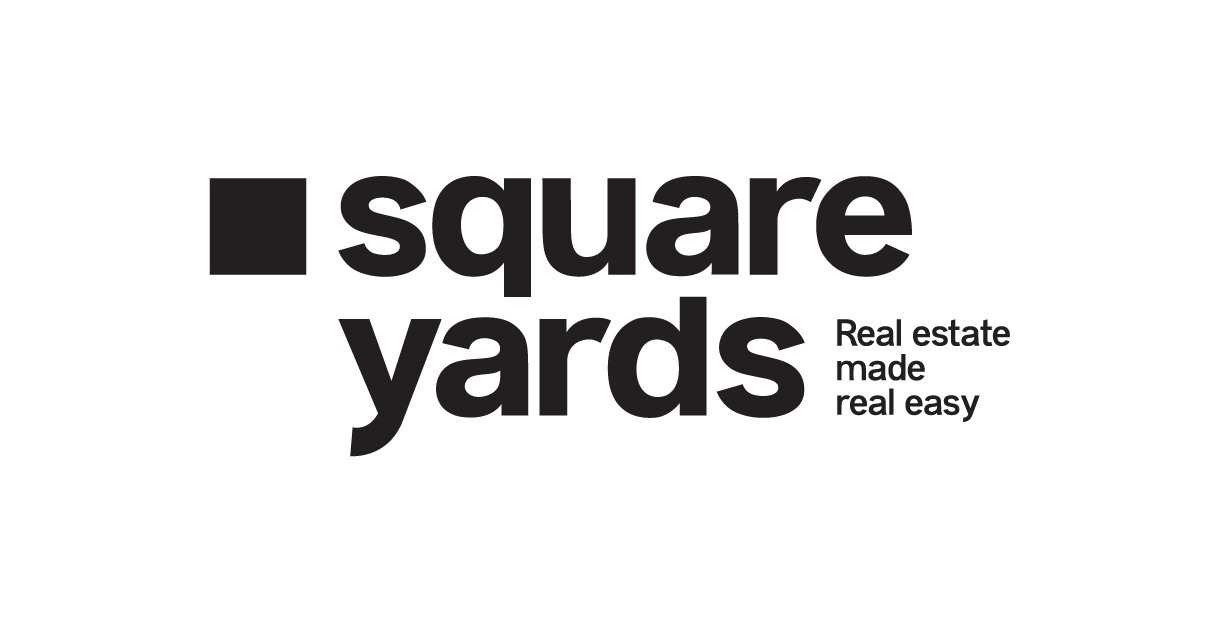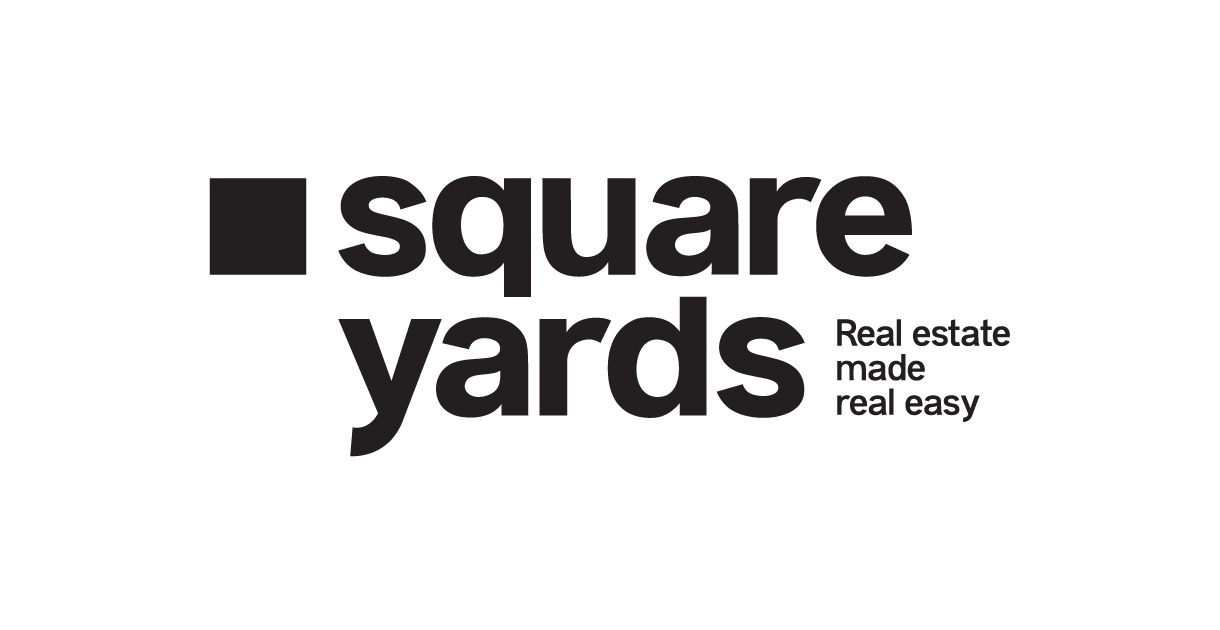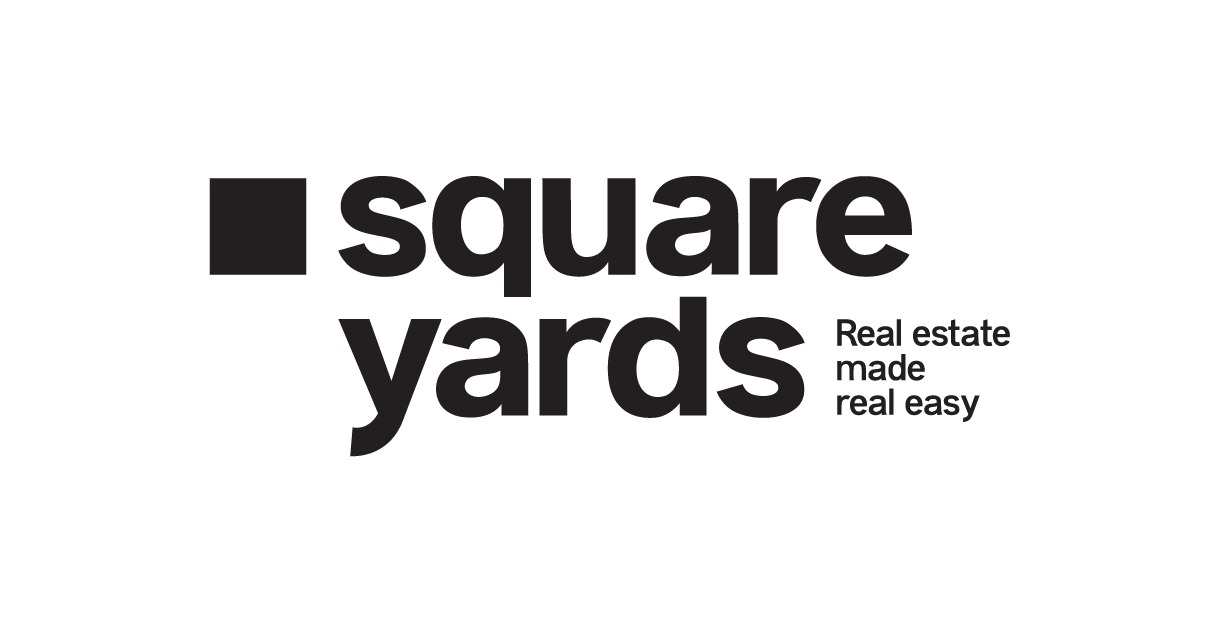AI is a tool that replaces repetitive work, not creative work. Humans are blessed with the superpower of creating something out of nothing, and AI is just another helping hand to get the job done easier.
We are stepping into the ever-evolving realm of Artificial Intelligence, where this entity beholds awe-inspiring potential to catapult one’s creativity to the stratosphere!
Professionals in the field of Architecture continuously seek cutting-edge tools and technologies to optimize work efficiency and boost productivity. The urgency to create revolutionary ideas frequently strains productivity as the demand for original designs and inventive frameworks intensifies. There comes AI, where architectural brilliance intertwines with the wittiest lines of code! From text-to-image generation tools like Midjourney and DALL-E 2 to language processing tools like Chat GPT, Artificial Intelligence has been flying sky-high like never before.
A remarkable advancement in this field is the emergence of ChatGPT, developed by OpenAI. This language-based AI tool can potentially be a significant asset for architects. With its exceptional natural language processing capabilities, ChatGPT offers a variety of features that can revolutionize their professional endeavours.
Table of contents
How Does ChatGPT Empower Architects?
In architecture, the creative process has traditionally relied on the ingenuity of designers and the precision of detailed plans. However, seeking inspiration and guidance in the past often involved labourious tasks. Professionals had to delve into reference books, seek expert advice, or embark on solitary journeys through architectural history.
In this age of innovation:
- Architects now benefit from seamless collaboration with ChatGPT, which effortlessly bridges the gap between imagination and realization.
- The days of solitary contemplation are over. Now architects can engage in dynamic conversations with an AI assistant that comprehends their unique design aspirations and provides invaluable insights.
- From exploring design possibilities to refining concepts, ChatGPT stands as a steadfast companion, propelling architects to new heights of innovation and excellence.
Modern Architectural Pictures Developed by AI
In a conversation with Open AI, we discover some probable and thoughtful AI-generated futuristic images that absolutely merge with the prompt given to it. Let’s have a look:
Human Prompt: Can you produce sample pictures for a futuristic eco-friendly office?
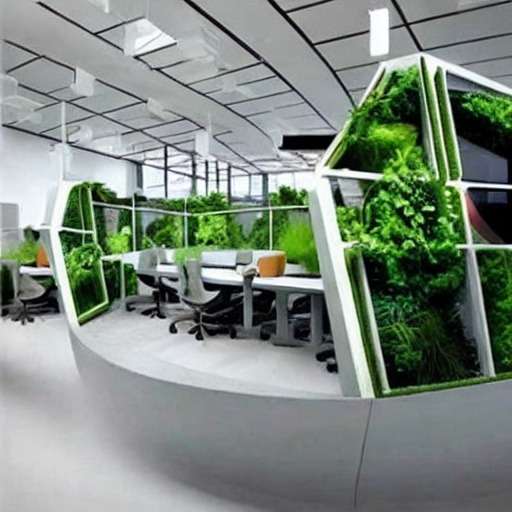
Defining Image:
- Working in a mundane office structure might just get boring at times. Being in an office close to nature will bring out the utmost creativity in the workers and help them destress.
- This office space enveloped with greeneries will help soothe the eyes of the employees while rejuvenating their souls.
- A cozy sitting area and cool white lights will calm the surroundings.
Human Prompt: Can you produce sample pictures of a futuristic bedroom gleaming with natural light?
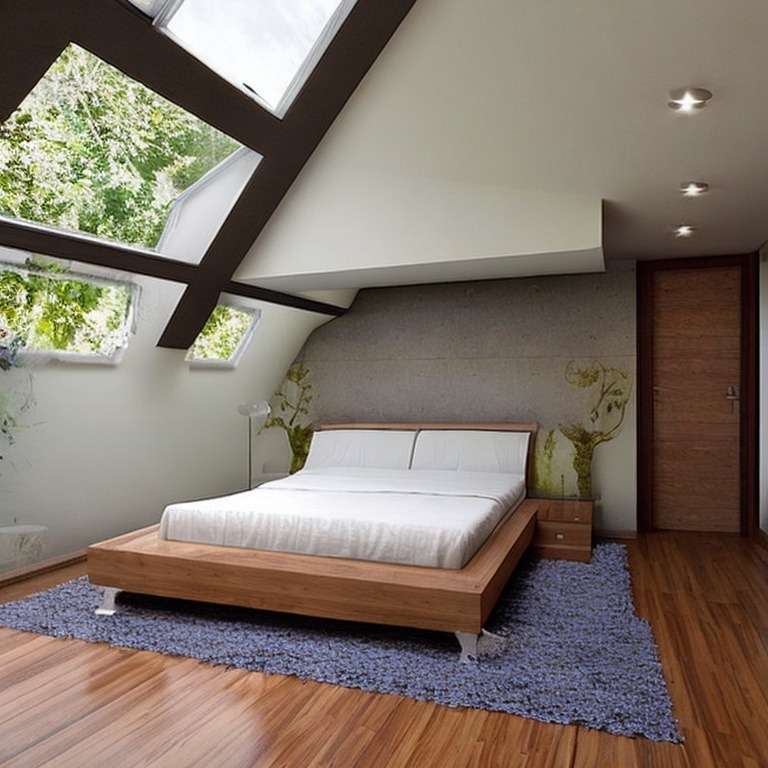
Defining Image:
- This bedroom design will bring maximum sunlight throughout the day.
- While resting on the bed, one will definitely benefit from the nights of quality sleep.
- This cosy place is not only comfortable but also open and breathable.
Human Prompt: Can you make some sample pictures of a modern living room for a futuristic home?
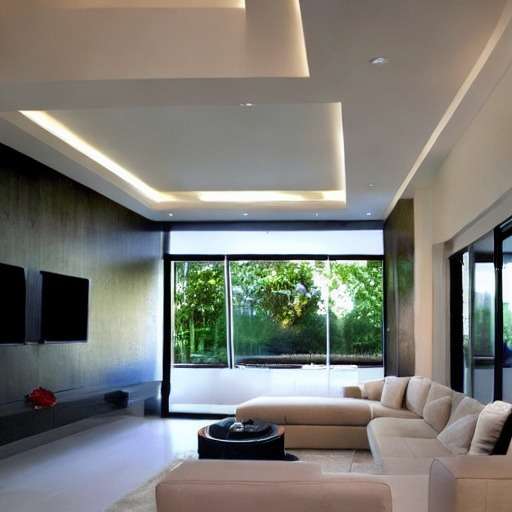
Defining Image:
- While giving a sense of privacy, this modern living room will surely bring comfort.
- The cool lighting will definitely help in relaxation.
- The glass door will keep the inhabitant close to nature.
Uses of ChatGPT in Architecture:
Let’s dive deeper into the possibilities where ChatGPT comes in handy for Architectural Purposes:
Defined Communication:
Being a language generation tool, ChatGPT can ensure help by generating human-like responses to answer any prompt. This AI tool can generate personalized emails, presentations, and design reports according to input.
ChatGPT can be used:
- To create detailed project descriptions
- To design requirements for architectural and interior design projects
- To create materials lists
- To develop technical drawings and other comparable data
Building Design Integration:
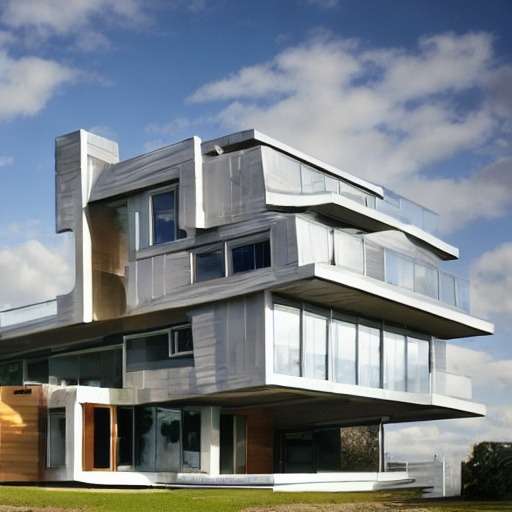
Building design proposals may be created more quickly and easily using Chat GPT. These proposals can create complete design documentation, such as 3D models and 2D drawings like plans, sections, and elevations. It will be more quickly completed than it would be if it were done manually.
With an increased emphasis on sustainable design, architects can use ChatGPT to look into sustainable options. Alternative materials, energy-saving devices, and strategies for integrating renewable energy are all things ChatGPT can recommend. As a result, architects may optimize their plans for sustainability and energy efficiency.
Creative Inspiration:
Chat GPT can assist architects by generating fresh design concepts and stimulating unconventional thinking. For instance, architects can turn to Chat GPT to produce alternative design proposals in various styles when facing a design impasse. This approach provides designers with a unique perspective and aids them in formulating innovative solutions.
Furthermore, Chat GPT can serve as a tool for brainstorming potential designs, unlocking many aesthetic possibilities. As a result, architects will have a diverse array of work to showcase, thereby attracting a larger customer base.
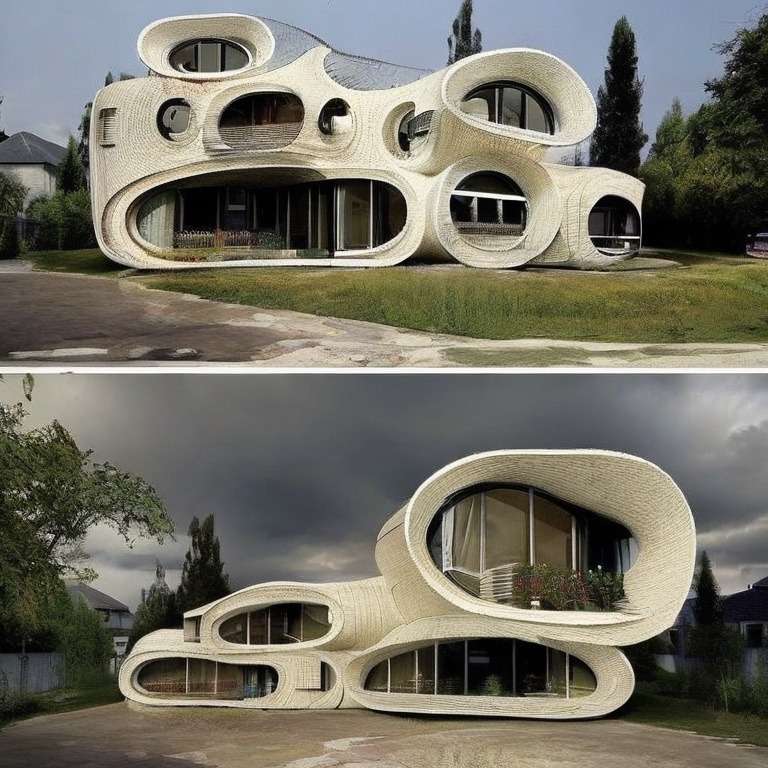
Research:
Any effective job requires research. Chat GPT may assist architects with conducting market research to learn more and keep current on emerging trends. It might be used to learn about power tool sales, new materials, building and design processes, and fashion trends.
Building Code Compliance
The appropriate construction codes and regulations must be complied with by architects while creating their designs. By offering up-to-date details on zoning laws, construction code requirements, and permit requirements, ChatGPT can help with this issue. This aids architects in making knowledgeable design judgements while abiding by legal restrictions.
Does ChatGPT Qualify to be an Architect?
While Artificial Intelligence can be an extremely powerful tool, and it might also be possible that it helps in the development of mankind, in the field of Architecture, it takes the utmost experience and the mostly human tendency to usher a classified requirement.
Let us draw mere comparisons between a human architect and AI (Chat GPT):
| Multiple Aspects | Human Architect | Artificial Intelligence (ChatGPT) |
| Education and Training | Human architects undergo several years of formal education, earn a professional degree in architecture to learn architectural principles, design techniques, construction methods, and building codes. | While language-based, ChatGPT can generate text related to architectural concepts based on its training data but lacks practical experience. |
| Creativity | Human architects convey their creations with a distinctive creative vision and ingenuity. They consider various elements to design unique and beautiful constructions, including aesthetics, utility, cultural context, and client needs. | While it may offer advice and suggestions, its originality is constrained by the knowledge it has gained from the training set of data. It cannot create creative works of art. |
| Problem-Solving Skills | Human architects are skilled problem-solvers who consider various variables and constraints to create appropriate and effective design solutions. In addition to other factors, they evaluate site circumstances, environmental effects, structural integrity, and functional needs. | Based on the instructional data, ChatGPT can offer advice and information. |
| Contextual Understanding | Human architects aim to produce designs that blend with their surroundings by considering the project’s cultural, social, historical, and environmental context. | ChatGPT does not understand the unique cultural and contextual subtleties required for architecture design. |
| Experience | Human Architects gain several years of experience, understand their designs’ practical implications, and refine their skills. | ChatGPT lacks practical experience or exposure to architecture projects in the real world. |
| Ethical Consideration | Human architects are acquainted with legal requirements for construction and design, so they ensure that their designs adhere to environmental regulations, safety standards, and accessibility standards. | Though ChatGPT lacks legal consideration, but if it is prompted with the ethical instruction, it can give the desired results. |
Will AI Replace Architects?
Can AI truly replace human architects? This question provokes a deeper examination of the intricate qualities that human architects possess and their distinct value in the field.
It is difficult for AI to mimic the aesthetic intuition and uniqueness of human architects’ ideas since architecture depends on their artistic ingenuity. Human architects can naturally integrate beauty and utility in harmonious ways.
Moreover, AI struggles to grasp the contextual understanding of cultural, social, and environmental factors. Human architects incorporate local traditions, climate considerations, and community needs, ensuring structures are harmonious within their surroundings.
While AI can assist architects with tasks like generating design options or analyzing data, human architects’ nuanced skills, problem-solving abilities, communication, and ethical considerations make them irreplaceable in the field. So, can AI truly replace the intricate blend of creativity, expertise, and intuition that human architects bring? That question remains open, but the unique qualities of human architects suggest that their role will remain crucial for the foreseeable future.
The Probability of Futuristic Constructions
Integrating language models like ChatGPT within the architectural framework presents many tailored advantages. Architects harness the power of ChatGPT for design exploration, visualization, sustainable design integration, and building code compliance. This dynamic collaboration allows architects to amplify their creativity, streamline processes, and make well-informed decisions, resulting in efficient and successful projects. The collaboration between human professionals and AI technologies like ChatGPT holds immense potential for transforming the architecture and engineering industries, paving the way for a future where innovation knows no bounds.


